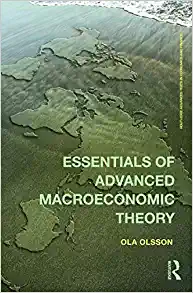Question
Q3) The goods and services tax (GST) was introduced in Australia on 1 July 2000. The preceding months before the GST became active saw a

Q3) The goods and services tax (GST) was introduced in Australia on 1 July 2000. The preceding months before the GST became active saw a spike in consumption as consumers rushed to purchase goods that they perceived would be substantially more expensive with the GST. The effects of the surging demand on inflation and the central bank's policy responses (i.e., cash rate, the policy interest rate in Australia) are illustrated in Figure 1.
Using the AD-AS framework, explain what happened to output and the price level when Australia introduced GST in the short run and in the long run. (Note)For simplicity, you may assume that the introduction of GST had no effects on the supply side of the economy.

Step by Step Solution
There are 3 Steps involved in it
Step: 1

Get Instant Access to Expert-Tailored Solutions
See step-by-step solutions with expert insights and AI powered tools for academic success
Step: 2

Step: 3

Ace Your Homework with AI
Get the answers you need in no time with our AI-driven, step-by-step assistance
Get Started


